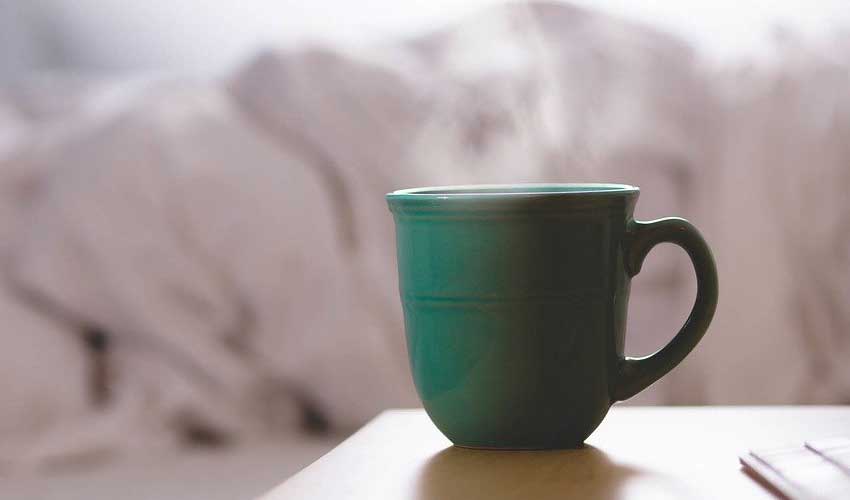Do You Have Hot and Cold Bedrooms?

Are some of your bedrooms too hot or too cold? This is a common problem in new homes. Often the master bedroom will be fine, but the other rooms get too cold or too hot during the night. The culprit is not necessarily your Heating and Air Conditioning unit. The culprit is the closed door.
Your guests won’t tell you if you have a problem. They’re too polite. Your kids probably have their door open when they are small and don’t have a problem. Your teenagers probably don’t talk to you much anyway. How can you know if there’s a problem? It’s a good idea to spend a night in each of the other bedrooms in your house, particularly the guest room, if you have one, to see how the temperature goes with the door closed for eight hours. And do this on a cold night and a hot night. You might be surprised at what you find.
Why do these rooms tend to get off temperature? The answer is they are starved for air. A poorly design heating, ventilating, and air conditioning system, know as the HVAC system in the trade, often does not provide a method for the air to return to the heater or air conditioner except through the open door.
Take a look at your bedrooms. There will be a supply air register or two. But, is there a return air grill? The supply air coming to the room must displace the air that is already in the room. And that air has to go somewhere. When the door is open, the displaced air exits through the door and is sucked up by the return air register in the hallway. Everything is fine with the door open.
But when the door is closed, the air that should be displaced is trapped. When this happens, no new air can get into the room. The “log jam” of air causes a pressure build up at the supply air register and the air in the duct takes the path of least resistance and heads to other parts of the house where there is no resisting air pressure. So the room with the closed door gets no conditioned air and gradually becomes too hot or too cold.
The cure for this problem is to install return air grills in the bedroom. This can be done best by connecting the grill to the return air ductwork so air is taken directly back to the HVAC unit and cooled or heated. If this can not be done due to physical restrictions, a transfer grill can be installed. This can be a simple grill cut in a wall that adjoins the hallway, thus letting the air escape, even when the door is closed. But a direct grill like this will allow sound through, too. It’s better to install a transfer grill in the ceiling and connect it to a piece of flexible ductwork with a bend or two that connects to another grill in the hall. That way the sound can not travel in a straight line and much less sound will be transmitted through the passageway.
Remember, to get the air you want in, you need to let the air you don’t want out. Return air grills or transfer grills are the way to do this. Getting your air conditioning and heating system working optimally is the first major step toward good energy efficiency in a home.
I hope this information is helpful to you. You might want to get yourself a copy of my best-seller, Designing Your Perfect House. It is chockfull of valuable tips and advice that will save you many times the cost of the book on your house building or remodeling project. You might also like The Well-Centered Home: Simple Steps to Increase Mindfulness, Self-Awareness, and Happiness Where You Live. It will show you how to make your home a happy place.


Bill,
We live in a temperate climate (Santa Barbara) and are building a house. Given the climate, do you think it is still important to have return air in the bedrooms?
Best,
Tom Tolles
Tom – Any room that can have its door closed should have a return air duct or transfer grilles to let the air leave the room and return to the air conditioner (or furnace). If you don’t have a return air duct, the air has to leave the room through cracks arount the door and the space under the door. You can undercut the door to allow more air to flow out, but that will compromise the sound tightness of the room. Without a way for the air to return to the air conditioner, no new air can get into the room because of the “air dam” that is created. You can probably get away with no returns in Santa Barbara since it is mild there. But on very hot days or chilly nights, your rooms will not maintain the desired temperature with the doors closed.